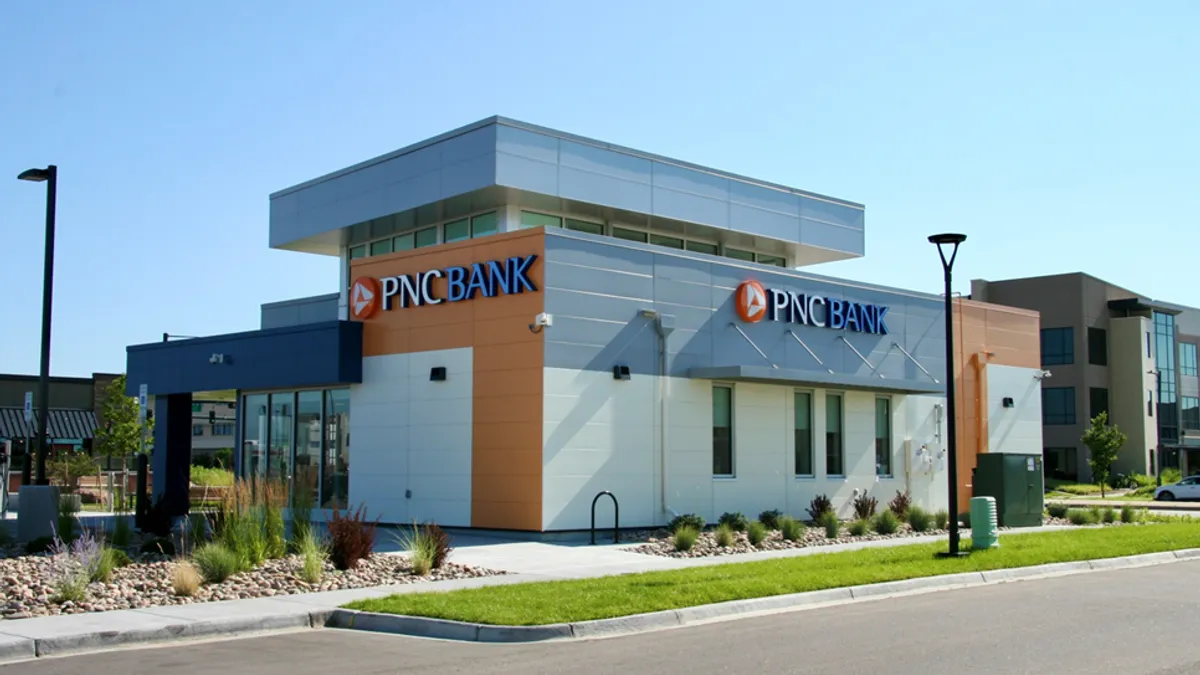If you’ve ever heard the breakup line, “It’s not you, it’s me,” you know where this is going. For risk and compliance teams, it’s time to let the risk spreadsheet down gently.
You’ve tried everything—formulas, locked cells, color-coding, pivot tables, even a heat-map-ish matrix. Yet the more your program grows, the more the limits show. Spreadsheets are clunky and manual, they don’t demonstrate the hard work involved in managing GRC and they weren’t built for the visibility, structure and confidence that modern risk management demands.
Early signs the model is cracking
At first, a simple but growing spreadsheet works. Then:
- Ownership blurs. Is Sarah still the owner? Who updated the rating? Which version is “the one”?
- Reporting slows. Risk committee decks become copy-paste marathons, and last-minute changes break the story.
- Nothing connects. Risk registers, incident logs and audits findings each live in silos, hiding impacts and emerging pressure points.
- No single view of truth. You stitch together inputs across teams, versions and business units—manually—introducing risk right where you’re trying to reduce it.
When a spreadsheet is your system of record, human error can sneak in anywhere. Missed reviews. Overdue actions. Gaps no one sees until something goes wrong. The more complex your environment becomes, the more fragile your spreadsheet setup gets.
Spreadsheets are fine—until they’re not
For small teams tracking a handful of risks, they do the job. But success brings more risks, owners and scrutiny. What once felt clever becomes a constraint because risk management isn’t a list; it’s a living system.
- Risk is relational. One change cascades across controls, processes and owners—hard to manage in a static file.
- Risk is dynamic. Threats evolve and regulations shift; yesterday’s view ages fast.
- Risk is collaborative. It spans departments and accountability lines. Spreadsheets don’t send reminders, log changes, or scale with audit trails and governance.
And here’s the tough part: migrations to other options often fail—not from bad intent, but from complexity, rigid tools, or an unclear vision.
What successful change requires
Moving beyond risk spreadsheets takes more than enterprise risk management (ERM) software. You need:
- Simplicity. Fast time-to-value and intuitive onboarding.
- Scalability. Support for growing use cases and future needs.
- Shared vision. A roadmap that aligns expectations of teams, executives and the board.
Structure that unifies the risk picture
In a purpose-built risk management platform, you stop managing the tool and start managing risk. Structure isn’t about tidying data; it’s about enabling sharper decisions, purpose-driven processes, clear communication and acting on meaningful risk insights as you scale.
- Clear ownership. Every risk, control and action is assigned, with built-in reminders and review cycles.
- One source of truth. No more version wars or offline copies. Everyone sees the same real-time picture.
- Dashboards for every audience. Frontline owners, compliance leads and board members get the views they need—without extra lift from you.
- Linked registers. Risks connect to controls; incidents link to risks; audits pull from the same data so you can see relationships that matter.
- Audit-ready by design. Changes are logged and decisions traceable—no last-minute scramble.
As your enterprise risk management program matures, the structure evolves with you. Start focused, then expand. Reporting stops being a checkbox and risk dashboards become the lens through which risk actively informs business decisions.
Why transformations stall—and how to avoid it
Transformations stall when those three ingredients aren’t aligned. Complexity creeps in, tools feel rigid, or the vision is unclear. Aligning simplicity, scalability and shared vision means you don’t just digitize risk—you improve decisions, strengthen culture and future-proof oversight.
What to do next
Change can feel big, especially with limited resources and competing priorities. You don’t have to do it all at once. You do need a solution that meets you where you are and moves you forward quickly.
Protecht helps organizations shift from manual, fragmented tracking to a connected, scalable platform that delivers early value and grows with you. Benefits include:
- A structured foundation linking risk, compliance, incidents, controls and audit in one place.
- A practical and purposeful onboarding approach built on best practices, paced to your change, with a clear path to time-to-value.
- Expert guidance to continually advance risk maturity from day one, not six months from now.
You’ve built a solid program. Now give it the visibility and structure it deserves. Break up with the spreadsheet—and see what modern, manageable risk looks like.
Ready to get started?
- Join Protecht’s webinar on Thursday, Oct. 23: Life beyond spreadsheets: The next decade of risk management.
- Watch how Protecht ERM solves spreadsheet pain points.
- Download Protecht’s ERM buyer’s guide to learn the steps and decisions involved in selecting ERM software.
- Book a demo to see how Protecht ERM can transform your program—from reactive to resilient, from siloed to strategic, from slow to agile.
About the author
Terence (Terry) Lee is Protecht’s Vice President, North America. He joined Protecht in 2022 with deep experience across ERM, vendor risk, business continuity, regulatory change, incident management and resilience. Connect with him on LinkedIn.










